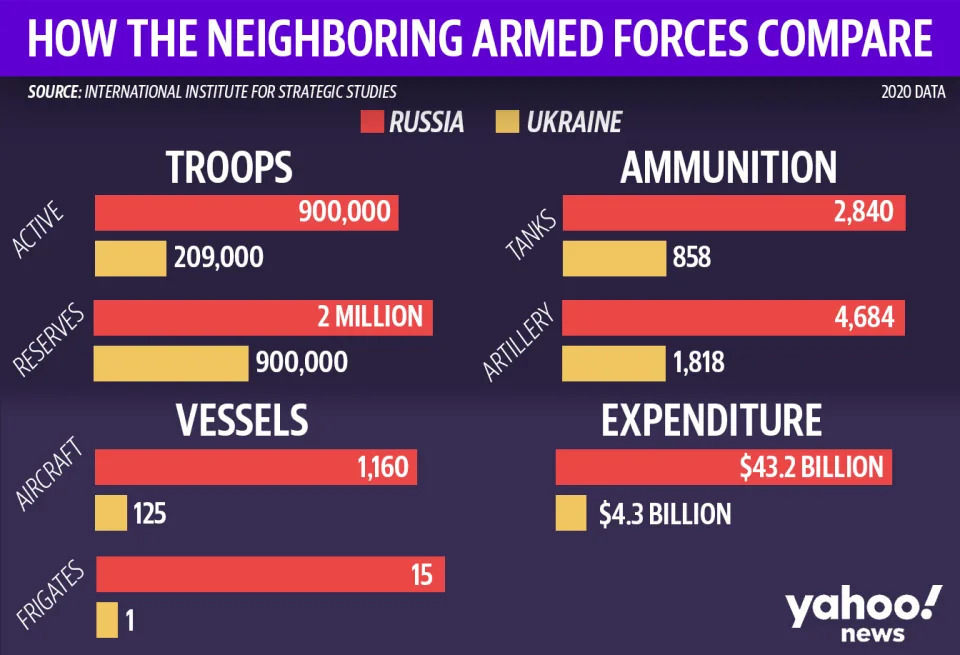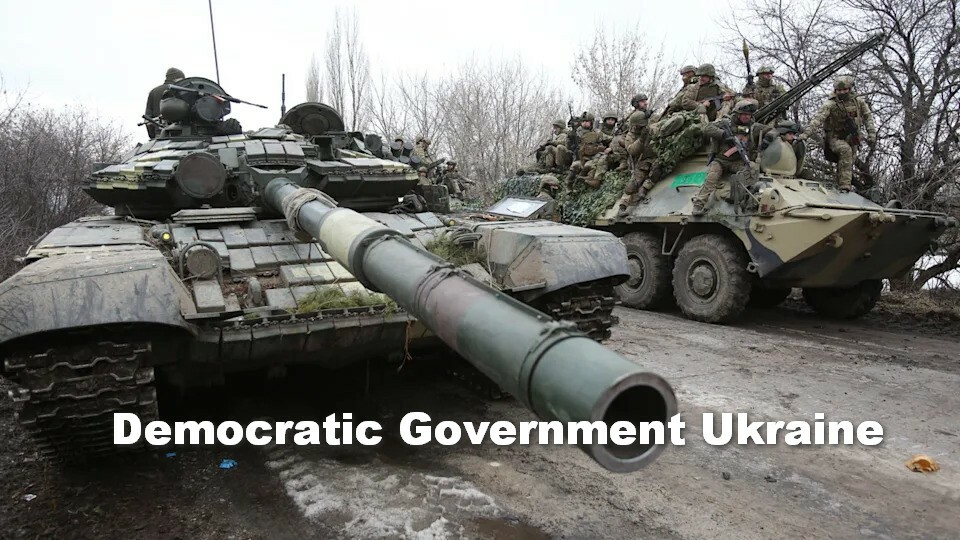Does the Ukrainian military stand a chance against Putin's invasion?
Submitted on 02/26/2022 by:
wormsgottaeat
1


2


You must be logged in to view comments. Click HERE to register.

 Sign up
Sign up Login
Login